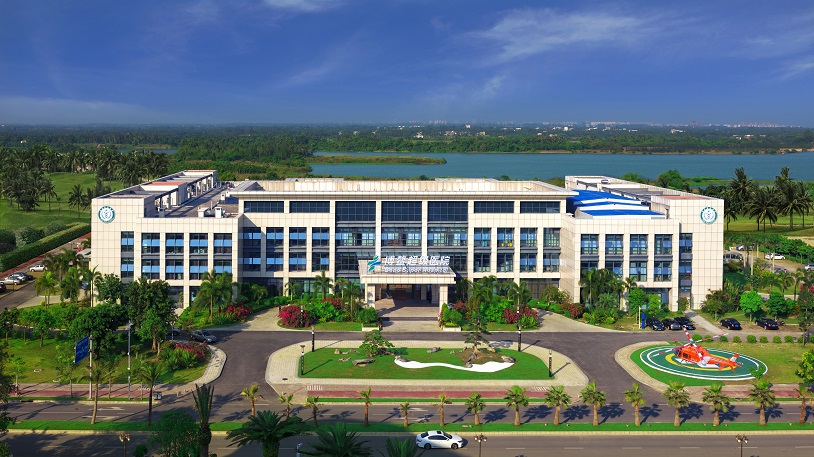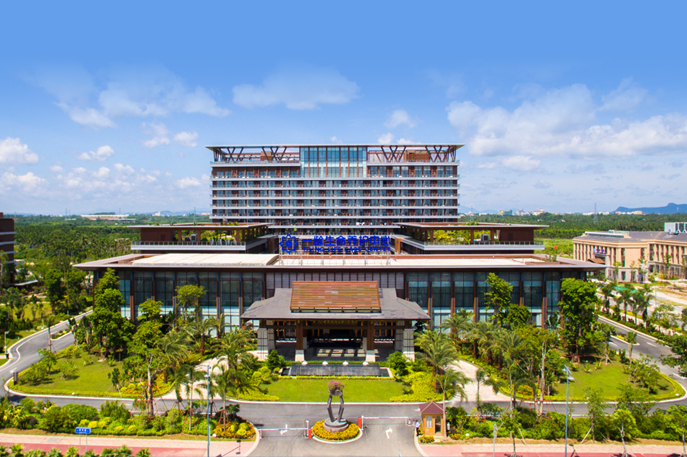Home>Updates
Healthy growth expected for medical tourists
About 90 percent of Chinese medical tourists choose treatments overseas, says a report by US engineering firm AECOM, a Fortune 500 company.
Social and economic development has improved China's overall health awareness and medical demand. But the uneven distribution of medical resources has prompted many to seek treatments in other countries and regions, especially cross-border areas, the China's Medical Tourism Outlook 2020 report says.
Chinese tourists made about 830,000 trips overseas for medical purposes in 2018, when the country's tourism market reached 118.6 billion yuan ($16.7 billion).
The sector has experienced an annual growth rate of 33 percent over the previous five years, according to the report.
In 2017, Chinese tourists paid 600,000 medical visits to regions outside the mainland.
Advanced treatments for critical illnesses, health management and cosmetic surgeries rank among the top motivations for those who take medical tours, the report says.
About 60 percent of ultra-high-net-worth individuals with a minimum personal investable-asset value of 100 million yuan had medical experiences abroad. The United States, Germany and Japan are their most popular destinations. They spent an average of 50,000 yuan per capita.
Beijing and Shanghai, and Guangdong and Sichuan provinces are the most popular domestic destinations for medical tourism, the report says.
Domestic travel agencies, such as Trip.com and Caissa, have developed partnerships with medical institutes abroad to offer Chinese visitors high-end medical services.
Most products feature health checks and preservation.
The Chinese government has also unveiled favorable policies to support medical-tourism development.
The Boao Lecheng International Medical Tourism Pilot Zone Administration was established in Hainan province with State Council approval in 2013.
About 24 billion yuan has been invested in the 20-square-kilometer zone, which so far hosts nine medical institutes.
Global medical-tourist numbers are expected to reach between 21 million and 26 million, with per capita expenditures hitting $3,550 over the next decade, US-based Patients Beyond Borders estimates.
The global market is likely to grow at an annual rate of 15 percent during the period, with market value reaching $300 billion, PBB forecasts.
The US, Germany, India, Thailand and South Korea are among the top medical tourism destinations, the AECOM report shows.
Leading medical technology and cost-efficient services are key factors determining medical tourists' choices.
North America and Western Europe draw medical tourists with advanced treatments for critical illnesses, including cancer, and cardiovascular and cranial nerve problems. Latin America and Southeast Asia are competitive in cosmetic surgery and fertility treatments, the report says.

 Different approaches to COVID-19 vaccines
Different approaches to COVID-19 vaccines Boao Super Hospital
Boao Super Hospital Boao Yiling Life Care Center
Boao Yiling Life Care Center  Neology Stem Cell Anti-Aging Hospital
Neology Stem Cell Anti-Aging Hospital 